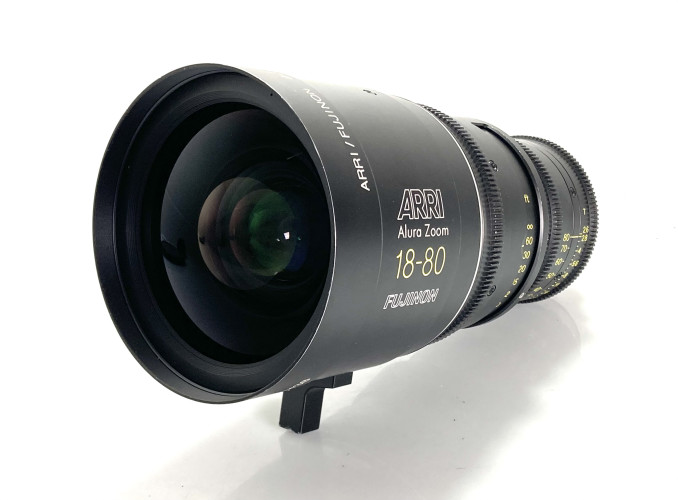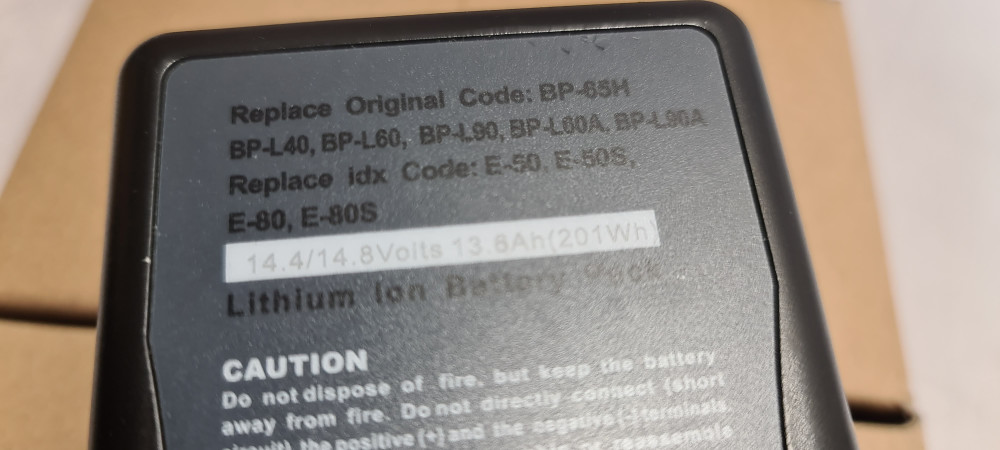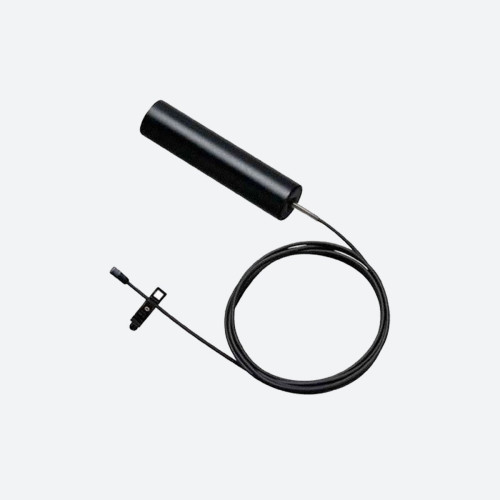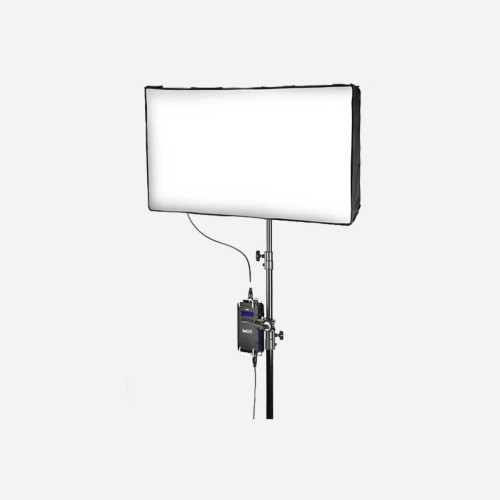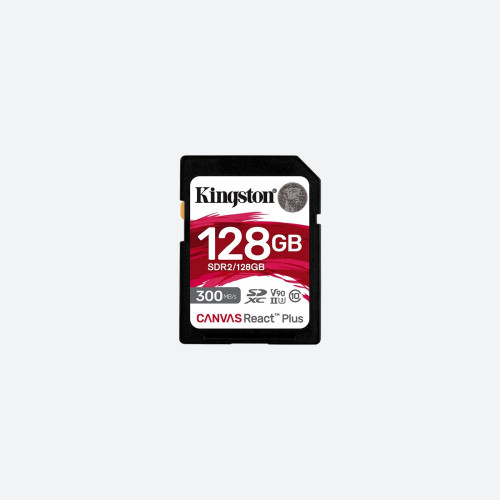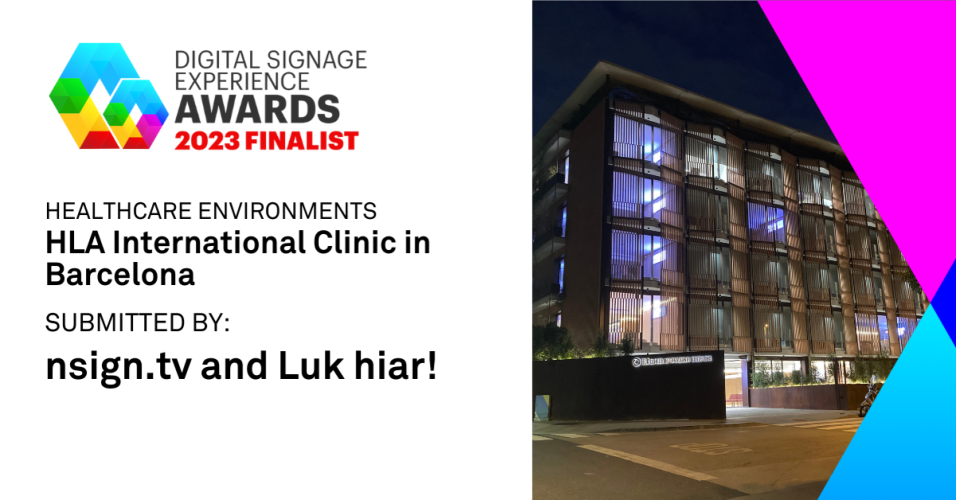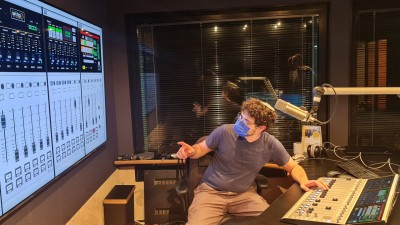Christie MicroTiles™ is the new digital canvas. It’s an entirely new, modular display technology that uses elements of DLP®, LED and rear-projection to create unique, visually compelling systems. This is technology that allows architects and retail designers to throw out the supposed rule book on how large format, motion display systems have to work in big spaces. It lets designers turn walls into near-seamless digital canvases.
MicroTiles represent a huge step forward in large-format display technology. Not only do they offer superior colour and image reproduction, as well as the widest possible viewing angles, they are uniquely positioned as the only digital display technology designed specifically for the digital out of home market – and this is the key to its immediate success and popularity: it ticks every box because it was designed to.Bob Rushby, Christie’s Chief Technology Officer, and Mike Perkins, Christie’s Senior Product Developer, were in a business that was all about bigger and brighter. But as they chatted on a business trip, in a Tokyo hotel bar a few years ago, about the future direction of projectors and projection, they started talking about going small. “We thought,” Rushby recalls, “maybe we can turn this all on its head…”
Back from that 2005 trip, Rushby bought a few glass building blocks to illustrate to his team the beginnings of an idea for a modular system that could be almost infinitely stacked and joined, and not be confined by the traditional rectangular shapes of display systems. They also bought a few tiny LED pico projectors to start testing what was possible with light sources that would run cooler and last far longer than bulbs.
So, how do MicroTiles fulfil the brief?
It’s a low-cost, low-maintenance solution: The groundbreaking LED- and DLP-based system is designed for long, reliable commercial use in public areas, with no lamps or other consumable parts to replace. The LED light engine, a key component of MicroTiles, is rated at 65,000 hours to half brightness usage, or nearly 7.5 years of continuous operation.
Christie MicroTiles shape up for superlative versatility. Measuring up with a screen size of 408mm wide x 306mm high, these visual building blocks can be assembled to create just about any size or shape. Instead of trying to figure out where to put big rectangular screens, Christie MicroTiles allow architects and space designers to fit the displays to the physical environment instead, and make the tiles another building material.
“Assemble the tiles any way you like, take them apart and re-assemble them in a new configuration, and they ‘recognise’ each other every time and adjust the image automatically,” Rushby added. “Our partners are discovering new ways of using digital display that would have been impossible or impractical before MicroTiles.”
In any configuration, Christie MicroTiles are self-aware and self-configuring. Walls of LCD and plasma monitors, or stacked and joined LED modules, all need to be carefully and regularly calibrated so that all the units match colours, brightness and contrast. It’s a big, fussy, time-consuming job that never goes away, and when the visuals don’t match up, everyone notices.
Christie’s engineers put the time and expertise in to make that whole process go away. Each tile has microprocessors engineered to pay attention to neighbouring tiles, and auto-adjust and balance how things look. So when someone installs a Christie MicroTiles array and stacks 12 wide and four high, there is no software system needed to locate and position all the units and get them all painstakingly calibrated. “Everything just works itself out within 15 seconds of it getting turned on,” says Rushby.
Christie MicroTiles offer not only a superior visual solution, but a Total Cost of Ownership that is lower than other large display technologies when labour costs are factored in.
If servicing is required, it’s all done easily from the front, and the most complicated component, the light engine, can be replaced in 15 minutes or less. The actual screens are shatterproof acrylic which improves the feasibility of having these displays in public areas.
The Christie MicroTiles also come with a Christie-developed software tool that enables architects, designers and systems integrators to use photos of the targeted space, design in the displays on a PC, and spit out simulations of what they will look like, and exactly what needs to be ordered to make it happen.
But ultimately, what you see is what you want to have
The spectacular image quality and modular flexibility of the MicroTiles system opens up wide possibilities for companies charged with designing and creating large, vivid visual displays for architectural installations, out-of-home advertising, event centres, command and control facilities and retail environments.
“The colours you get from a Christie MicroTiles display are punchier, more vivid, more exciting, more engaging, and just plain better to look at.” The displays generate 115 per cent of the colour spectrum possible from NTSC video signals, meaning viewers are seeing colours they have never seen before on displays.
“That’s one of the first comments we get when we demonstrate the tiles,” says Rushby. “They literally say, ‘Holy Cow! Look at the colours.’ ”Along with that “Wow!” factor, that level of colour reproduction is also important and attractive to leading brands that go to extraordinary lengths to maintain the integrity of their fonts, wordmarks, logos and exact colours. A motion display that vividly and reliably reproduces their exact colours has considerable attraction.
“Christie MicroTiles open up a whole new world of possibilities for the various display markets,” Rushby added. “They offer an innovative, visually striking way to deliver messages and make them memorable.”




